Why Growth Feels Stuck
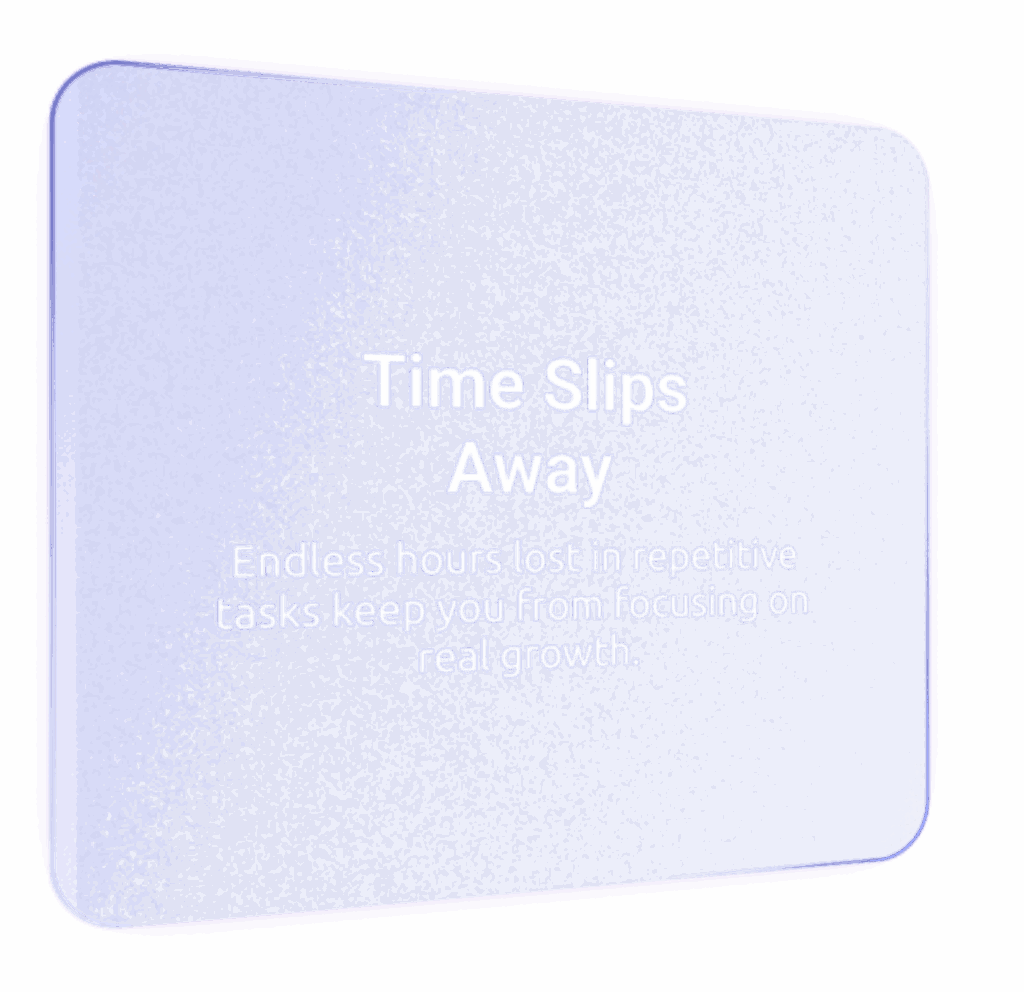
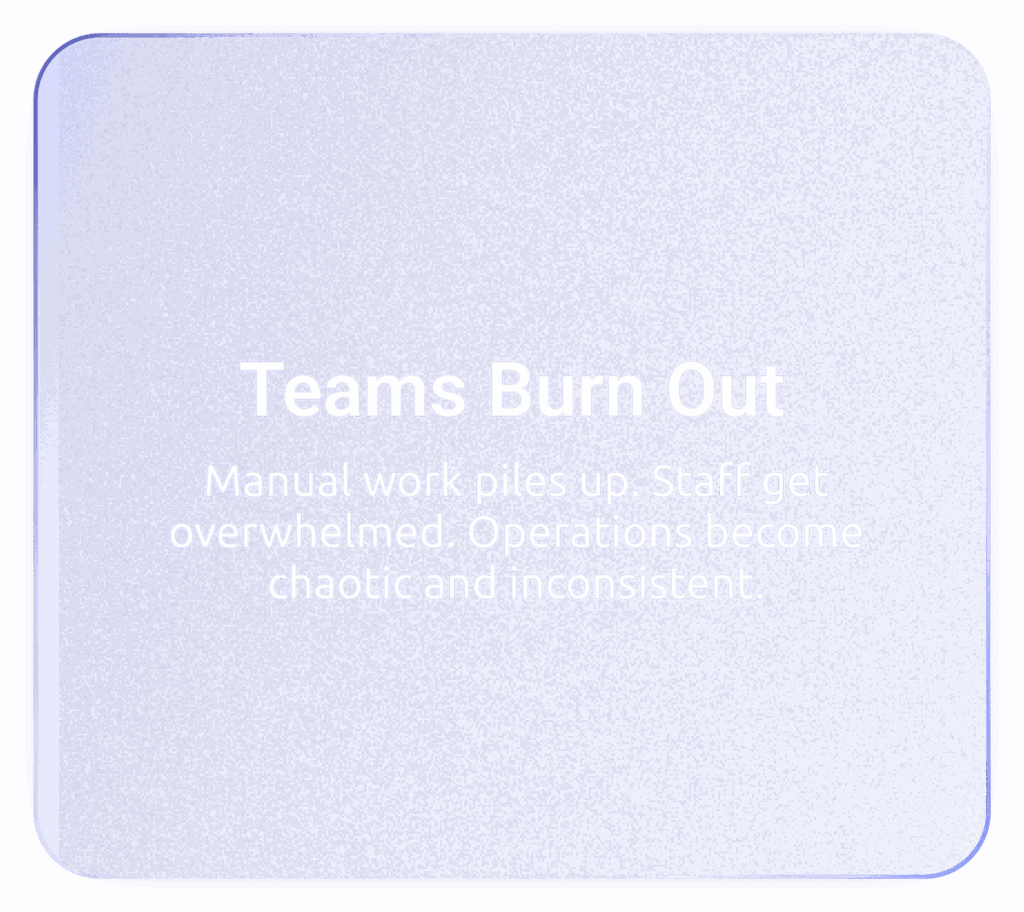
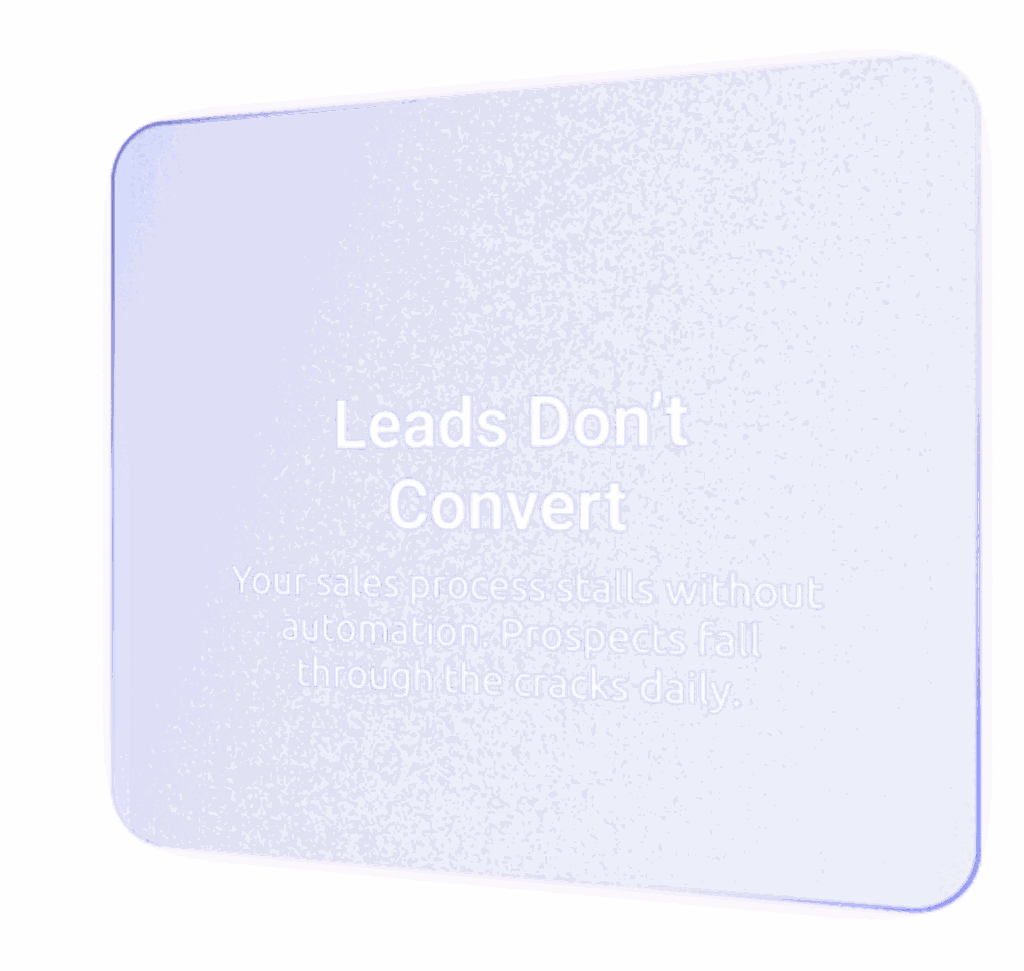
Why Growth Feels Stuck
How it works
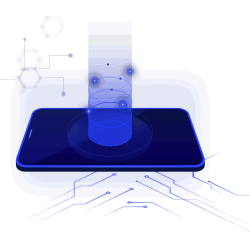
You fill out the form
The more you tell us, the better your plan. Be specific about your business, your processes, and where things feel stuck.
We review and refine
If we need more context, we’ll get in touch. Our goal is to fully understand your needs before crafting your plan.
You get your automation plan
Expect a tailored, visual strategy showing where AI can make a real difference. Use it however you want, it’s yours.
You make the call
Take the plan to your internal team or let us help you build it. No pressure, no strings, just real, ready-to-implement value.
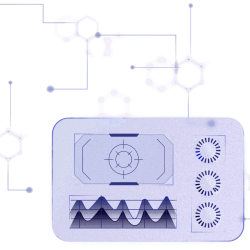
What You Get
Your free plan delivered, based on your specific answers
Insight
Clarity
Direction
Freedom
Your Competitors Already Did This
Your Free Plan Delivered in Get your free automation plan and see exactly where AI can save you time and effort.
FAQ
Got questions? Here’s what business owners usually ask us.
What needs to be known before using automation in a business?
No technical background is required to begin using automation in a business context. Most modern AI tools are built to be user-friendly and focus on solving real business problems. Business challenges can be translated into actionable automation strategies through intuitive interfaces and guided processes.
How can automation help businesses grow without replacing teams?
Automation supports business growth by handling repetitive, manual tasks, allowing employees to focus on strategic, creative, or relationship-driven work. This shift can reduce burnout, improve morale, and increase productivity, enabling teams to achieve more without increasing workload.
Is AI automation only suitable for tech companies or startups?
AI is widely adopted across industries beyond technology and startups, including retail, manufacturing, healthcare, and professional services. Any organization with recurring processes such as data entry, scheduling, or lead follow-up can benefit from AI-powered automation.
Can small and medium-sized businesses benefit from automation?
Small and medium businesses can greatly benefit from automation due to the affordability and scalability of modern tools. These solutions often reduce overhead, eliminate errors, and save time, making advanced automation accessible without requiring a dedicated tech team.
Does automation reduce control over business processes?
Automation enhances control by standardizing workflows, minimizing errors, and providing real-time visibility into operations. Strategic use of AI ensures key decisions remain with leadership while improving overall efficiency and consistency.
Is implementing AI and automation expensive?
AI implementation can be cost-effective, especially when focusing on high-impact, repetitive tasks. Many tools offer strong ROI and are compatible with existing platforms, reducing the need for significant new investments or infrastructure.
How can a business know if it’s ready for automation?
Signs of automation readiness include reliance on manual processes, inconsistent workflows, staff overload, or stagnating growth. A business does not need technical infrastructure in place; identifying inefficiencies is often the first step toward successful automation.
How quickly can results from AI automation be expected?
Businesses can often see measurable results from AI automation within weeks. Rapid deployment is possible when using a clear, phased plan that targets high-friction areas first, delivering both short-term wins and long-term improvements.
Is it safe to use automation in business operations?
Yes, most automation solutions used in business today are developed with robust security, data protection, and compliance standards. Responsible implementation ensures that AI complements existing systems without compromising operational control or trust.
Can an AI strategy be implemented without expert support?
While the strategy itself may be easy to understand, successful AI implementation typically requires the involvement of professionals: either internal teams with the right skills or external experts. This ensures that automation is set up correctly, integrated smoothly, and aligned with business goals. Once implemented, the automation can usually be managed and used independently with minimal ongoing support.